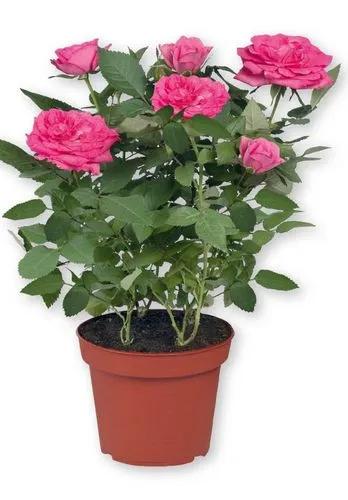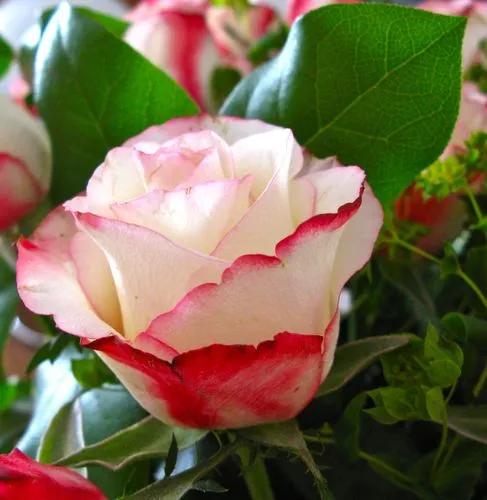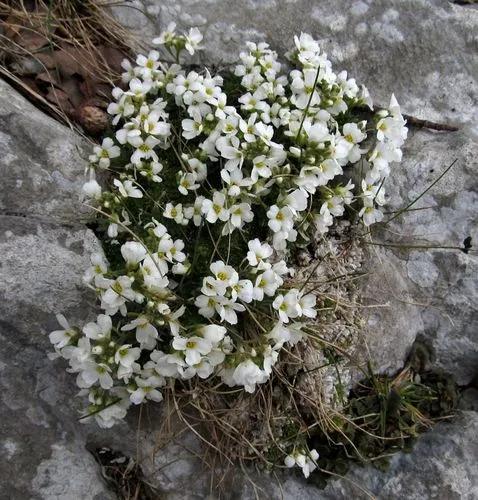Calabash (Lagenaria siceraria), also known as bottle gourd, white-flowered gourd, long melon, New Guinea bean and Tasmania bean,[4] is a vine grown for its fruit. It can be either harvested young to be consumed as a vegetable, or harvested mature to be dried and used as a utensil, container, or a musical instrument.
Bottle Gourd/ Oppo Care
Calabash



Hollowed-out and dried calabashes are a very typical utensil in households across West Africa. They are used to clean rice, carry water, and as food containers.
How to Care for the Plant

Water

Bottle gourd is sensitive to excessive soil moisture, which favors disease infection. Provide adequate drainage during wet season to avoid water logging. Furrow irrigation is recommended during dry season at weekly interval. Spread rice straw around the base of the plants as mulch to conserve moisture and minimize watering during dry season.

Pruning

To promote branching and fruiting, remove the tip of the main vine and the lower lateral branches that appear on the climbing part of the main stem.

Fertilizer

The kind and amount of fertilizer to apply depends on soil fertility and soil type. To achieve optimum yield, have your soil analyzed at the Soils Laboratory nearest you to determine the right nutrient requirement of the soil.

Soil

The plant prefers well-drained, moist, organic rich soil.

Temperature

Bottle gourd requires a minimum temperature of 18°C during early growth, but the optimal temperatures of bottle gourd are in the range of 24–27°C. The crop can tolerate low temperatures, but extreme cool temperatures will slow down growth and frost will kill the plant.

Container

It can be either harvested young to be consumed as a vegetable, or harvested mature to be dried and used as a utensil, container, or a musical instrument.

Additional

CONCLUSIONS: As a member of the Cucurbitaceae family, bottle gourd contains toxic tetracyclic triterpenoid compounds called cucurbitacins which are responsible for the bitter taste and toxicity. There is no known antidote for this toxicity, and clinicians treat such patients symptomatically only.

Popularity

844 people already have this plant 25 people have added this plant to their wishlists
Discover more plants with the list below
Popular articles






